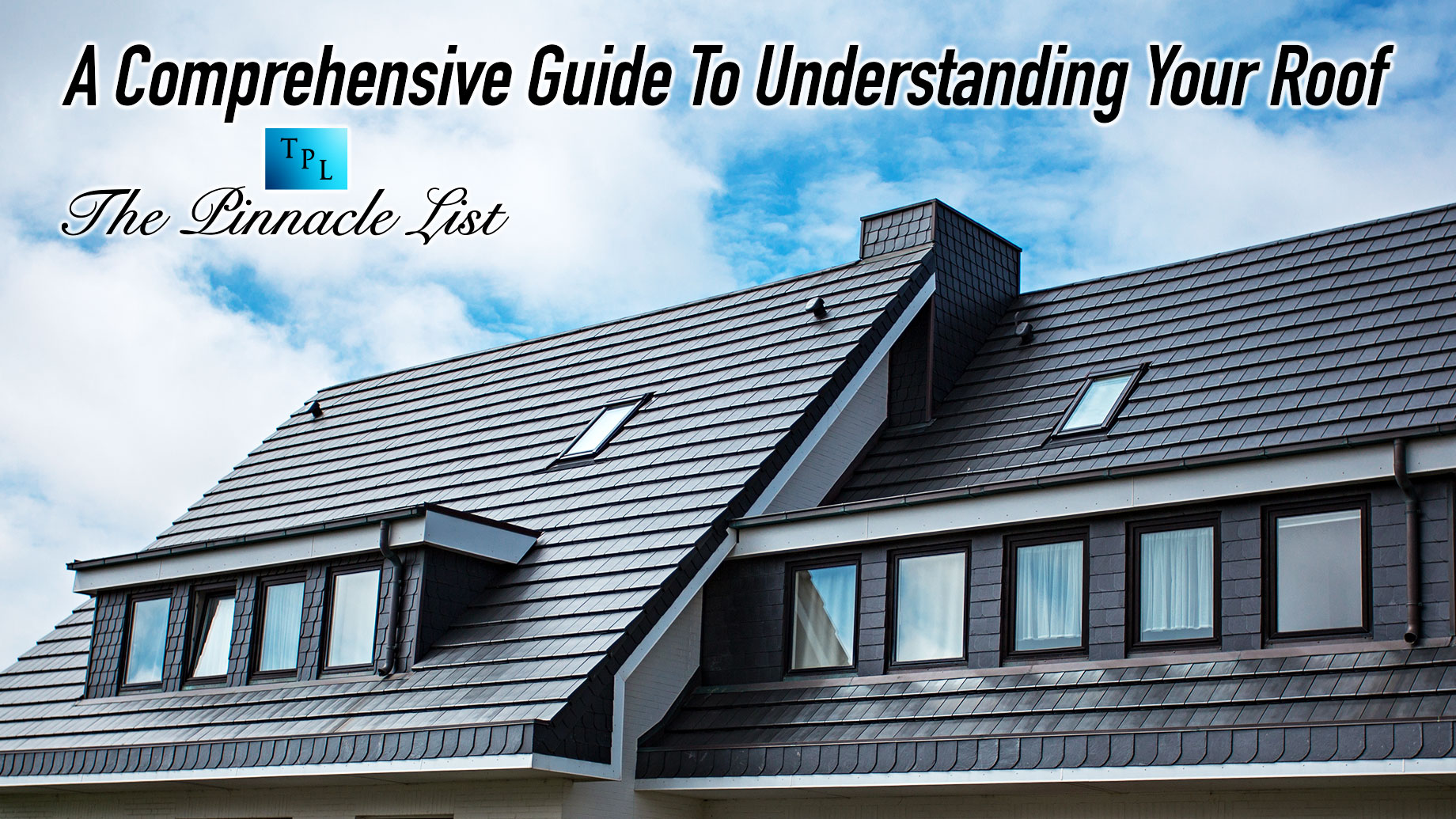There are two main types of chimneys: masonry chimneys built from stone and mortar, bricks, or blocks, and prefabricated metal chimneys. Masonry chimneys are traditional structures, while metal chimneys offer versatility in design and installation options.
Whether you prefer the classic look of a brick chimney or the modern aesthetic of a metal chimney, understanding the differences between these types can help you make an informed decision for your home. From chimneys lined with clay tiles to factory-built chimneys with double-walled construction, each type serves a specific purpose and requires different maintenance practices.
Let’s delve deeper into the world of chimneys to explore the variety of options available for your residence’s heating system.

Understanding Chimneys
Chimneys come in various types, including masonry chimneys made from stone, bricks, or blocks and prefabricated metal chimneys. While brick chimneys are common, metal chimneys offer more design flexibility to reflect the homeowner’s style. Understanding the different types of chimneys can help in choosing the right one for your home.
Difference Between Chimney And Flue
A chimney is the structure connecting a fireplace to the outside world, containing a flue for smoke and gases’ passage. On the other hand, a flue is the space inside the chimney guiding smoke away from the fire.
Identifying Different Types Of Chimneys
There are various types of chimneys used in homes. Identifying these types is essential to understand the ventilation system of your house. The most common types include:
- Metal chimneys
- Brick chimneys
- Prefabricated chimneys
- Masonry chimneys
While brick chimneys are traditional, metal chimneys offer a modern alternative. Each type has unique features catering to different homeowner preferences.
Masonry Chimneys
In the realm of chimneys, Masonry Chimneys are a classic and durable choice crafted from stone, bricks, or blocks. Let’s delve into what sets them apart.
Composition And Structure
The composition of masonry chimneys typically includes heavy-duty materials like stone, bricks, or blocks, coupled with mortar to provide strength and stability.
Advantages And Considerations
- Advantages:
- Known for their longevity and durability
- Add a traditional and aesthetic appeal to homes
- Can withstand high temperatures effectively
- Considerations:
- Require regular maintenance for optimal performance
- May be more costly to install initially
- Weight of materials can impact structural support needs
Metal Chimneys
Metal chimneys are becoming increasingly popular due to their versatility and modern design. They are often preferred for their durability and efficient performance. Two common types of metal chimneys are Class A and Class B, each with unique characteristics and applications.
Class A Chimneys
Class A chimneys are double or triple-wall chimneys constructed using either insulated stainless steel or galvanized steel. These chimneys are suitable for both residential and commercial applications and are designed to handle high temperatures while maintaining the necessary safety measures. The insulated design prevents heat from transferring to the outer surface, making them safer for installation close to combustible materials.
Class B Chimneys
Class B chimneys are air-cooled or air-insulated, offering a more affordable alternative to Class A chimneys. They are designed for venting moderately hot flue gases from residential appliances such as fireplaces, wood stoves, and furnaces. Class B chimneys are constructed using galvanized steel and provide efficient venting while meeting safety standards. It’s important to note that Class B chimneys must maintain a specific clearance from combustible materials to ensure safe operation.
Design And Installation
When designing and installing metal chimneys, it’s crucial to adhere to manufacturer specifications and local building codes. Proper installation is essential to maintain the safety and functionality of the chimney system. Certified professionals should handle the installation process to ensure compliance with regulations and to guarantee optimal performance.

Credit: www.thepinnaclelist.com
Prefabricated Chimneys
When it comes to chimneys, one option that homeowners can consider is a prefabricated chimney. Also referred to as factory-built or metal chimneys, these chimneys are pre-made and then installed in the home. They are typically constructed with insulated stainless steel or other metal materials. Prefabricated chimneys offer several advantages and disadvantages compared to traditional masonry chimneys. Let’s delve deeper into the types and pros and cons of factory-built chimneys.
Types Of Factory-built Chimneys
There are different types of factory-built chimneys that homeowners can choose for their homes. These include:
- Double-Walled Chimneys
- Air-Cooled Chimneys
- Air-Insulated Chimneys
Double-walled chimneys consist of two metal walls with insulation in between. This design helps to prevent heat transfer to the outside of the chimney while maintaining the proper airflow inside. Air-cooled chimneys have a larger outer pipe surrounding a smaller inner pipe. This design creates an air gap that cools the outer surface of the chimney. Air-insulated chimneys, on the other hand, have multiple layers of insulated walls, creating an air space for increased insulation and reduced heat loss.
Pros And Cons
| Pros | Cons |
|---|---|
|
|
While prefabricated chimneys offer certain conveniences, such as cost-effectiveness and ease of installation, they may not be as durable or customizable as masonry chimneys. Homeowners should carefully consider their specific needs and the pros and cons of prefabricated chimneys before making a decision.
In conclusion, prefabricated chimneys provide homeowners with an alternative to traditional masonry chimneys. With different types available and their unique advantages and disadvantages, homeowners can choose the option that best suits their requirements and preferences.
Chimney Maintenance
When it comes to maintaining your chimney, there are a few key factors to consider that can help ensure its longevity. Two crucial aspects of chimney maintenance are chimney liners and waterproofing.
Chimney Liners
Chimney liners play a vital role in protecting your chimney from the corrosive effects of gases and heat produced by your fireplace. They provide an extra layer of insulation, preventing heat transfer to combustible materials surrounding the chimney. Additionally, chimney liners improve the draft efficiency and help reduce the risk of carbon monoxide leakage. There are various types of chimney liners to choose from, including clay tile, stainless steel, and cast-in-place liners. It is essential to select the appropriate liner based on the specific needs of your chimney.
Here are a few types of chimney liners:
- Clay tile liners are cost-effective and durable, capable of withstanding high temperatures and corrosive gases.
- Stainless steel liners are highly resistant to corrosion and are suitable for wood, oil, gas, and pellet-burning appliances.
- Cast-in-place liners are ideal for older chimneys with deteriorated clay tile liners, as they provide a new, seamless liner within the existing chimney.
Waterproofing
Water damage is one of the most common issues faced by chimneys. Moisture can seep into the masonry, causing it to crack, crumble, and deteriorate over time. Waterproofing is a crucial step in preventing water infiltration and preserving the structural integrity of your chimney. Applying a waterproofing agent, such as a water repellent solution, creates a barrier that prevents water from penetrating the masonry while still allowing vapors to escape. It is recommended to have your chimney professionally waterproofed every 5-10 years to ensure maximum protection against water damage.
Factors To Consider For Longevity
In addition to chimney liners and waterproofing, there are other factors to consider for the longevity of your chimney:
- Location and Exposure: The location of your chimney, as well as its exposure to the elements, can impact its lifespan. Chimneys in areas with severe weather conditions may require additional maintenance and inspections.
- Frequency of Use: The more frequently you use your fireplace or stove, the more maintenance your chimney may require. Regular cleaning and inspections are essential to remove soot, creosote, debris, and ensure safe operation.
- Professional Inspections: Having your chimney inspected by a certified professional regularly is crucial to identify any potential issues early on. They can detect signs of damage, blockages, or chimney fires, and recommend the necessary repairs or maintenance.

Credit: www.homeevolution.net

Credit: constructors911.com
Frequently Asked Questions On Different Types Of Chimneys
Are There Different Types Of Chimneys?
There are two main types of chimneys: masonry chimneys made from stone, bricks, or blocks, and prefabricated metal chimneys.
What Is The Difference Between A Chimney And A Flue?
A chimney is the structure that connects your fireplace to the outside world. The flue within the chimney allows smoke and gases to escape the home.
How Do I Know What Kind Of Chimney I Have?
To identify your chimney, look for a masonry chimney made of stone, mortar, bricks, or blocks, or a prefabricated metal chimney. The former is common in homes, while the latter offers various style options.
What Is A Metal Chimney Called?
A metal chimney is called a class A or class B chimney. It can be made of aluminum or galvanized steel and is often known by its genericized trade name Metalbestos.
What Are The Different Types Of Chimneys?
There are two main types of chimneys: masonry chimneys built from stone, bricks, or blocks, and prefabricated metal chimneys.
Conclusion
When selecting a chimney for your home, understanding the options is essential. Whether it’s a masonry chimney made from stone, bricks, or blocks, or a prefabricated metal chimney, the choice can define the style and functionality of your fireplace. It’s crucial to consider the different types and their features before making a decision.